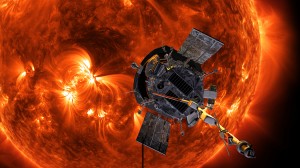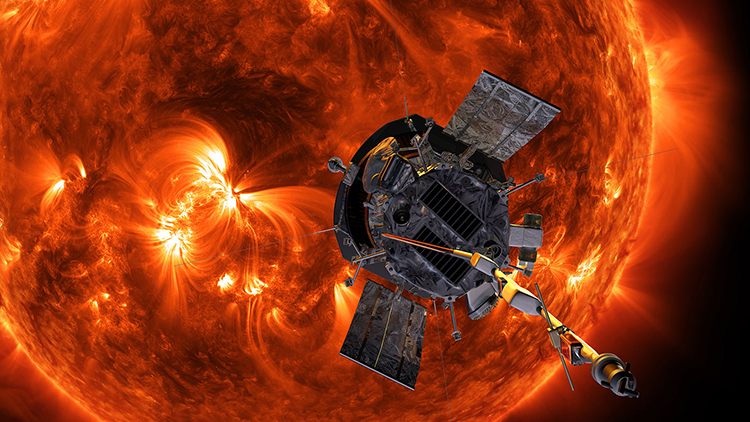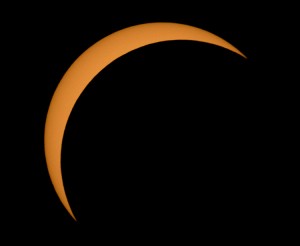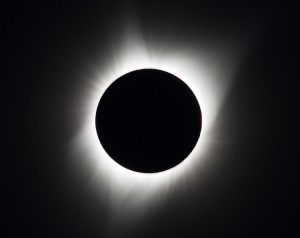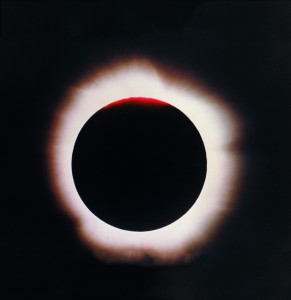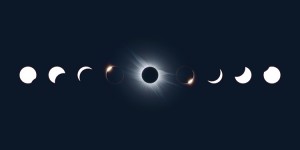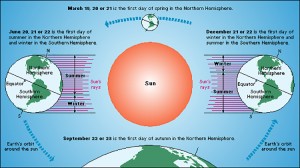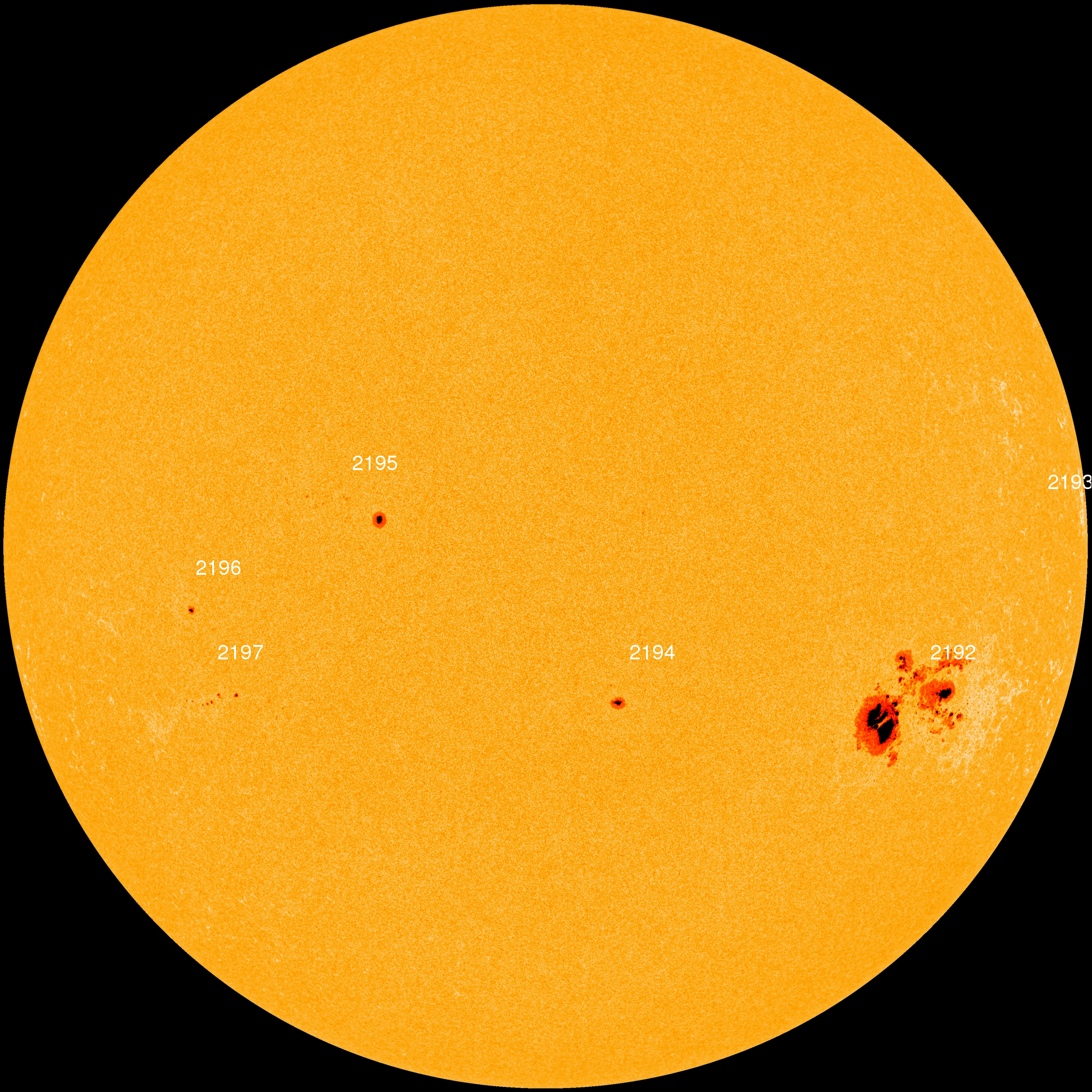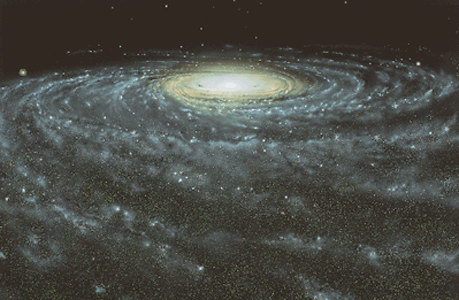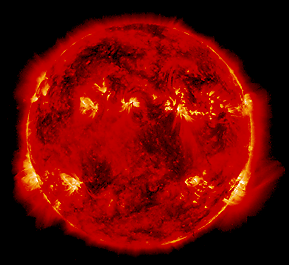Winter Solstice
Thursday, December 21st, 2023
Winter is the coldest season of the year. The Northern Hemisphere, the northern half of Earth, has winter weather from December to early March. Winter storms produce large snowfalls in some areas, shown here. In the Southern Hemisphere, winter weather begins in late June and lasts until early September.
Art Explosion
Thursday, Dec. 21, 2021 is the winter solstice for the Northern Hemisphere. On the winter solstice, the sun is at its most southerly position. It marks the day in the year with the least amount of sunlight and the beginning of winter. After the winter solstice, days begin growing longer and nights shorter approaching spring. The winter solstice in the Southern Hemisphere happens in June because the seasons are reversed. December 21 in the Southern Hemisphere is the summer solstice, the longest day of the year.
During the winter solstice, the sun is directly overhead at the Tropic of Capricorn. The Tropic of Capricorn is an imaginary line that traces the southern boundary of the earth’s Tropical Zone. It marks the farthest limit south of the equator where the sun can appear directly overhead. The change results from the tilt of Earth’s axis of rotation. The winter solstice in the Northern Hemisphere happens on December 21 or 22.
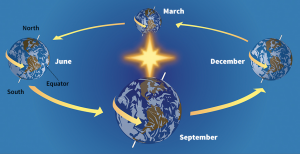
Earth spins around its axis once every 24 hours. This motion creates day and night. Earth also travels around the sun once every 365 days. This motion creates the year. The entire solar system revolves around the center of the Milky Way Galaxy.
On the winter solstice which occurs in December in the Northern Hemisphere and June in the Southern Hemisphere, people celebrate the rebirth of the sun and the beginning of winter. For a long time, cultures around the world have celebrated holidays and feasted around the winter solstice. Most of the celebrations feature light since it occurs on the darkest day of the year.
Stonehenge may have been a place where people celebrated the winter solstice. Stonehenge is an ancient ruin in southwestern England. It consists of huge, rough-cut stones set in a circle. The stones are aligned toward the winter solstice sunset. There is archeological evidence the people who lived there held a large feast on the winter solstice.
Ancient Roman holidays were planned around the winter solstice. People have also celebrated specific holidays on the winter solstice in China, Iran, Japan, and Scandinavia. The Incas and some Native American tribes celebrated the winter solstice by fasting, dancing, and then feasting.

